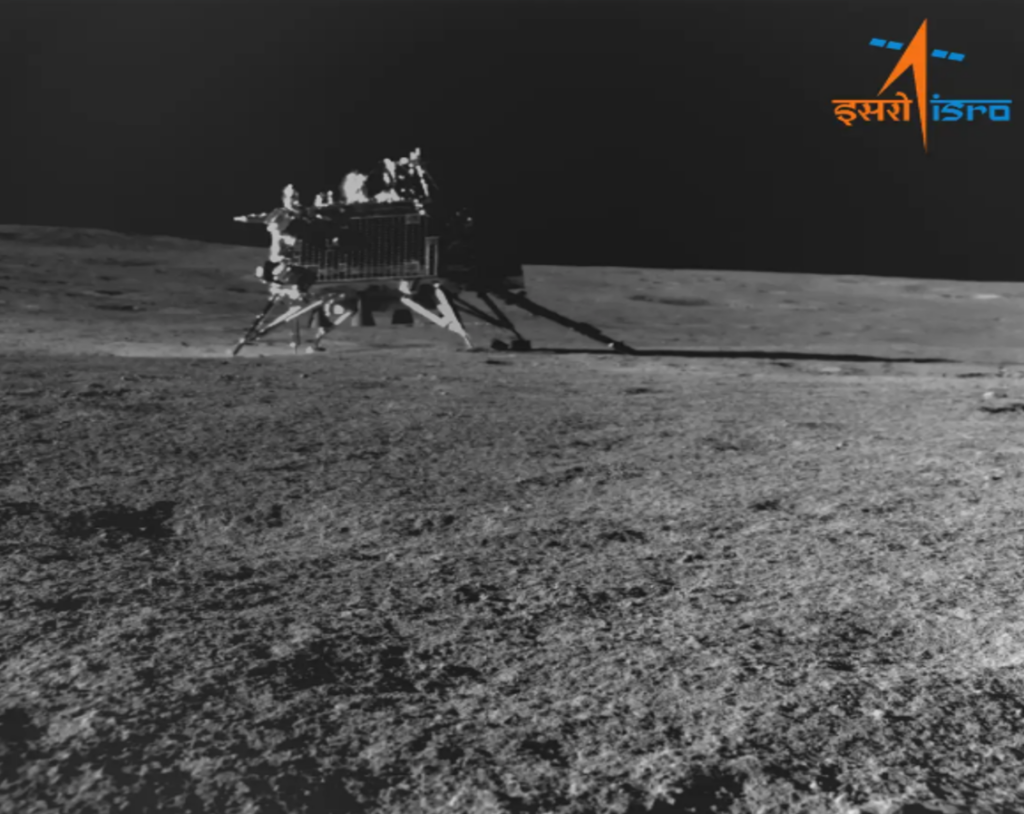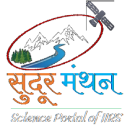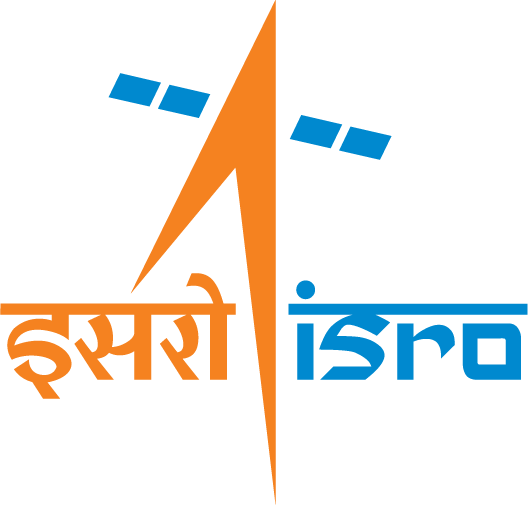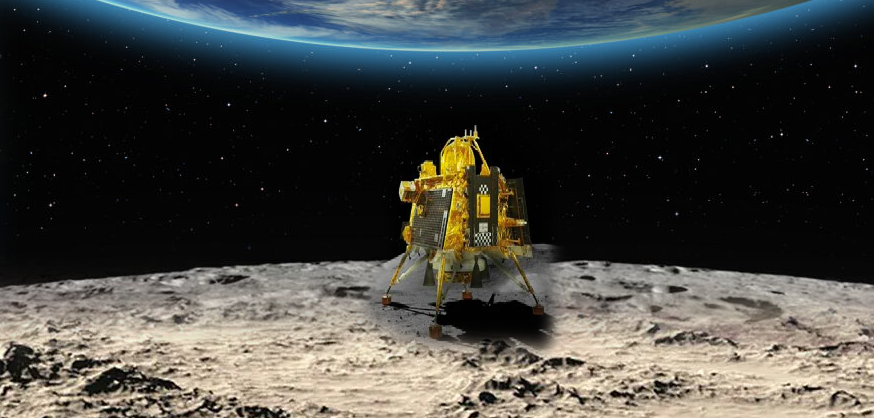Tirha Pratim Das and Megala S
India’s Chandrayaan-3 mission achieved a historic milestone by executing a successful soft landing on the Moon’s southern polar region, specifically at 69.3° South latitude, a feat never before accomplished by any nation. This precise landing, at the designated ‘Shiv Shakti Point,’ enabled in-situ scientific investigations of a previously unexplored lunar terrain. The mission lasted for a lunar day, precisely speaking, from August 23, 2023 to September 3, 2023.
The scientific data gathered from Chandrayaan-3 lander and rover payloads have significantly enhanced our understanding of the lunar South Pole’s composition, thermal properties, and geological history. These findings, detailing the unique characteristics of the lunar south polar environment, have been disseminated through peer-reviewed publications, contributing valuable new knowledge to the scientific community and paving the way for future lunar exploration.
The Chandrayaan-3 mission’s findings have significantly advanced our understanding of the Moon’s geology and environment. Elemental analysis of the lunar regolith provided strong support for the Lunar Magma Ocean (LMO) hypothesis, a key theory in lunar evolution, which says that the Moon’s early formation involved a global, molten layer, a magma ocean, resulting from the intense heat of its formation. As this magma gradually lost its heat radiatively to space, it was cooled, denser minerals crystallized and sank, forming the lunar mantle, while lighter minerals, predominantly plagioclase feldspar, floated upwards, creating the primordial crust. In this scenario, the detection of an abundance of magnesium-rich minerals suggests that material ejected during the formation of the massive South Pole-Aitken (SPA) basin has mixed with the upper layers of the regolith at the Shiv Shakti Point. Considering the physical separation between the SPA basin and the Shiv Shakti point, this observation by Chandrayaan-3 is an important clue on the transport of lunar material from one place to the other on the Moon, during its early phase of evolution.
There has also been a surprise on the observation of the vibrations experienced by the Moon’s surface at the Chandrayaan-3 landing site. Seismic data from the mission have detected about fifty events, which are likely originating from natural sources, questioning the previous notion of a seismically quiescent polar environment.
The rover NavCam images revealed that the Vikram lander touched down within a buried, semi-circular crater, approximately 160 kilometers in diameter and 4.4 kilometers deep, which has been heavily eroded and covered by ejecta from the SPA basin, highlighting the complex impact history of the Moon. In simpler language, it indicated that Chandrayaan-3 landed on a crater which is even older than the SPA basin, as the ejecta released during the formation of the SPA basin (at a later time) reached and covered that old crater.

The Chandrayaan-3 lander (Vikram), as seen by the rover (Pragran)
Chandrayaan-3’s thermal probe achieved the first in-situ temperature profile of the lunar south polar region’s uppermost 10 centimeters, revealing significant meter-scale thermal variability unlike equatorial regions. This contrasts with previous Apollo missions’ deeper measurements. This data is crucial for understanding solar heat flux propagation within the lunar epi-layer, essential for both scientific and resource utilization planning. Laboratory simulations suggest high-latitude slopes exceeding 14 degrees may harbor shallow water ice deposits, offering potential future exploration sites with reduced technical challenges compared to polar regions. Characterizing the soil’s thermal properties aids in predicting subsurface temperatures, understanding solar interaction, and designing future lunar habitats. Additionally, it provides insights into regolith evolution from meteoroid and solar wind impacts, complements global remote sensing, and refines lunar energy balance models, crucial for future mission planning. Thus, India’s Chandrayaan-3 mission has been a significant step towards understanding the Moon, as well as the Sun-Moon interaction, by conducting the first-ever studies of the near-surface in situ studies at the Southern lunar polar latitudes. The scientific data are available for use by the global science community through the PRADAN portal of the Indian Space Science Data Centre (ISSDC).
Researchers are encouraged to visit the website (https://www.issdc.gov.in/chandrayaan3.html ) and analyse the data.




No Comments